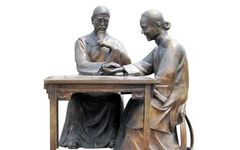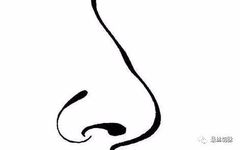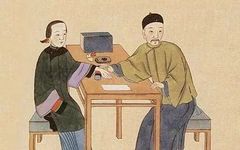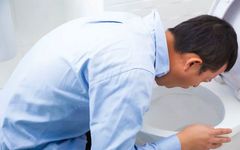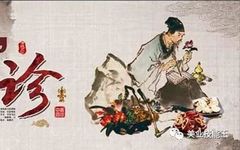Listening to Breathing in TCM Diagnosis
Hello everyone, welcome to “Learning TCM from the Beginning.” I am Sun Jie from the Third Affiliated Hospital of Zhejiang Chinese Medical University. Today, we will continue our study on listening to breathing in TCM diagnosis. Normal breathing is smooth and even, and typically, the sound of breathing is not audible. Breathing is the external … Read more




